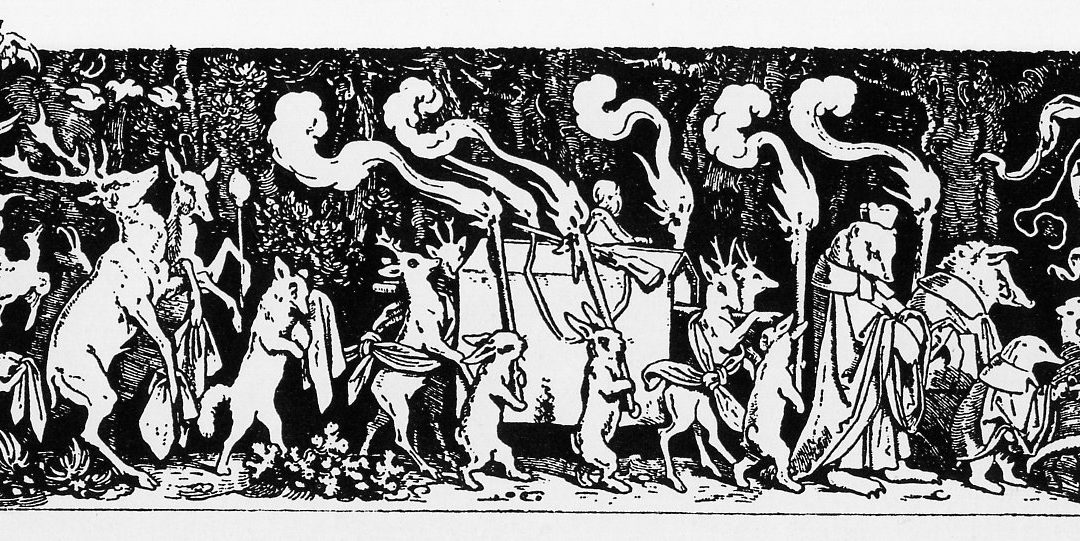Mahler composed this intense and dramatic piece in 1888, just after he had finished composing his Symphony No. 1 (the “Titan”). Originally composed as a tone poem, Mahler incorporated it, with a number of changes, seven years later into his massive Second Symphony (the “Resurrection”). Mahler himself, a noted conductor as well as composer, performed “Totenfeier” as a standalone piece in a number of concerts, even after finishing his Second Symphony.
A number of Mahler’s writings indicate that he thought of this work as the finale to his first symphony — that he was in fact burying the hero of the “Titan.” The tone poem is structured as a funeral march, but is also interspersed with ethereal interludes and themes of menace and terror. In the middle of the movement, the brass section introduces the “Dies Irae”, a medieval Latin hymn referring to Judgment Day. Of note, Mahler did write program notes for his Second Symphony in 1901, but later withdrew them from publication. They nonetheless open a window for us into his thinking. Here is how he described “Totenfeier:”
We are standing at the coffin of a well-loved man. His life, struggles, suffering, and passions pass by our mind’s eye for the last time. — And now, in this solemn and most shattering moment, when the confusions and distractions of everyday life are stripped away, a terrible grim voice, which we usually ignore in life’s daily hustle and bustle, grips at our heart: Now what? What is this life — and this death? Does it continue for us? Is it all just an empty dream, or does this life and this death have a purpose? — And we must answer this question, if we are to continue living.
Totenfeier
Composed in 1888
By Gustav Mahler






